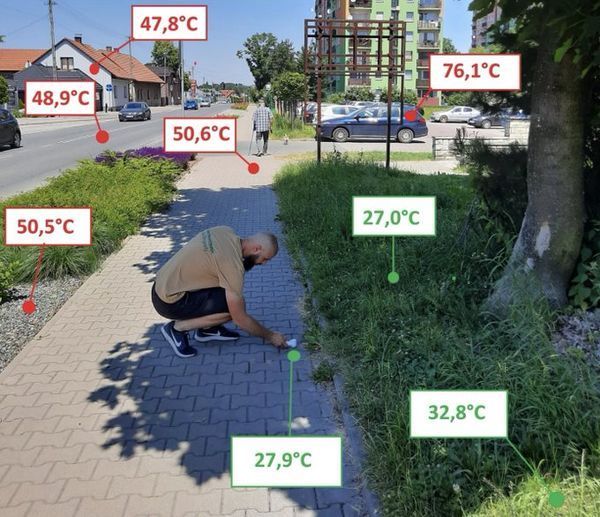Fuck Cars
A place to discuss problems of car centric infrastructure or how it hurts us all. Let's explore the bad world of Cars!
Rules
1. Be Civil
You may not agree on ideas, but please do not be needlessly rude or insulting to other people in this community.
2. No hate speech
Don't discriminate or disparage people on the basis of sex, gender, race, ethnicity, nationality, religion, or sexuality.
3. Don't harass people
Don't follow people you disagree with into multiple threads or into PMs to insult, disparage, or otherwise attack them. And certainly don't doxx any non-public figures.
4. Stay on topic
This community is about cars, their externalities in society, car-dependency, and solutions to these.
5. No reposts
Do not repost content that has already been posted in this community.
Moderator discretion will be used to judge reports with regard to the above rules.
Posting Guidelines
In the absence of a flair system on lemmy yet, let’s try to make it easier to scan through posts by type in here by using tags:
- [meta] for discussions/suggestions about this community itself
- [article] for news articles
- [blog] for any blog-style content
- [video] for video resources
- [academic] for academic studies and sources
- [discussion] for text post questions, rants, and/or discussions
- [meme] for memes
- [image] for any non-meme images
- [misc] for anything that doesn’t fall cleanly into any of the other categories
Recommended communities:
view the rest of the comments

Wait, are theses actual measurements? Or made-up numbers?
In really hot and sunny weather, you can absolutely get serious burns from concrete heating up.
There's still the remains of a burn on the bottom of my foot from when I needed to cross the street to check the mail when I was a kid
Concrete surface in contact with direct noon sunlight is always gonna be scorching hot, 50°C is not far fetched. On a super hot day you can cook an egg on concrete. These surface also tend to heat up slow but also lose heat slowly, which is why even after a couple of hour after sun down it will still feel warm to the touch, creating what is known as urban heat trap.
Thats how las.vegas stays hot at night.
Dr. Hannah Fry made a short video about this recently -- this kind of heat retention is why London Underground stations are so bloody hot, because the clay tiles lining the underground tunnels have absorbed heat from trains braking day in and day out and are constantly releasing excess heat into the air at the stations
The photo seems to suggest he is measuring surface temperatures, so I assume they are real. Doesn't seem that far fetched.
Concrete and dark-colored metal surfaces can absolutely reach those temperatures after a few hours of direct sunlight
Given that i have kitchen tools that could do this; yes i expect theyre real.
I think that's what the guy kneeling down at the 27,9 C measurement is doing, recording the temperature of that spot.
My doubt does come in though with the street measurement. The asphalt is cooler than the sidewalk? What? Also, did he go out into the street to take the measurement and then run back? I guess if there were no cars around he could have, but that doesn't seem like a low-traffic area. Just a few weird things about that one detail.
Asphalt has less heat retention capability than sidewalk bricks. The asphalt is venting more of its heat into the surroundings than the bricks are, which is why it's cooler.
There's also very little traffic on his side of the street -- you'll notice there are almost no cars on that side, so it's more than likely he had ample time to get a temperature read on the asphalt before a car came along